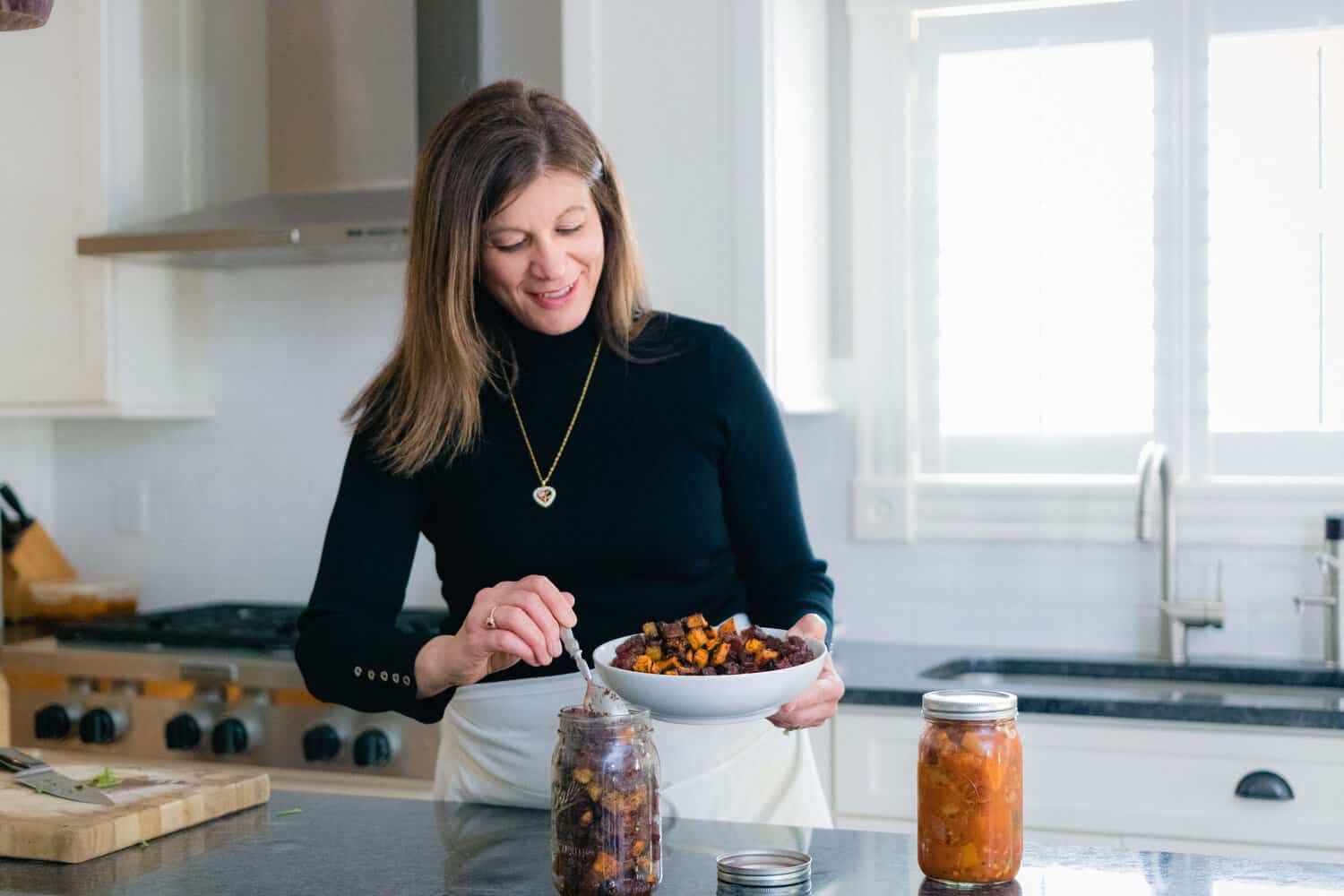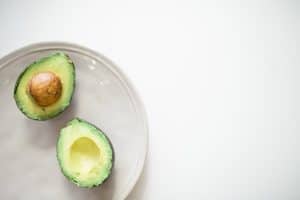For the Love of Sauerkraut
Wellness, Immune Function, Recipes.
I love eating sauerkraut. I have fond memories of making fermented veggies with my mom and enjoying a little bit of the delicious creations on the sides of our typical Middle Eastern dishes. It wasn’t until later, that I began to appreciate the myriad of benefits in these richly probiotic, and nutritious foods. Today I enjoy sauerkraut on sandwiches, salads, wraps, vegan burgers, and bratwursts.
History:
Fermentation is a method of preserving foods that dates back 1000’s of years ago, before refrigerators were made. It is thought to have started in China, with the fermentation of wine. Fermentation, where sauerkraut is concerned, happens when the bacteria on the cabbage, your hands (never wear gloves when making sauerkraut), and the air come into contact with the natural sugars in the cabbage.
Benefits:
-
Rich in probiotics – Eating a well balanced diet and eating rich probiotic foods are the best ways to permanently change your gut micro biome. Having healthy gut bacteria promotes better gut lining, decreasing leaky gut, and improved micronutrient absorption.
-
Gut/brain connection – Healthier gut leads to a improved memory, less stress/anxiety, and better focus as illustrated in “Brain Maker : The Power of Gut Microbes to Heal and Protect Your Brain – for Life” by David Perlmutter.
-
Better immune system function. In fact, healing your gut lining is your first line of defense against potential pathogens. Sauerkraut is also rich in the strong anti-oxidant Vitamin C.
-
Better gut lining and improving diversity of your micro biome helps reduce symptoms such as diarrhea, constipation and bloating.
-
Cabbage (and other cruciferous veggies) have Indole-3 Carbinol which assists in healthy estrogen metabolism.
-
Heart health. Foods high in fiber decrease absorption of cholesterol. Sauerkraut is also rich in vitamin K2, which helps reduce calcium deposits in arteries. Keep in mind that sauerkraut is high in sodium.
-
Bone health – Studies show that Vitamin K2 reduces the risk of fractures of spine and hip.
Recipe:
-
Any shredded vegetable using your mandolin – I use any color cabbage, carrots, turmeric, ginger, beets, and garlic.
-
1 T salt for every one medium head of cabbage-adjust accordingly to taste and volume of veggies.
-
Any other herbs you like – I use black pepper, hot pepper flakes and salt to taste.
-
You will also need:
-
Sterile Wide Mason Jars (wash in boiling water and allow to air dry and cool).
-
Pickle Pebbles (pickle pebbles on amazon)
-
Cheesecloth and rubber bands
-
Directions:
-
Place the shredded cabbage in large bowl
-
Sprinkle salt on cabbage
-
With clean hands, massage the cabbage until cabbage is wilted and liquid brine develops – about 10 minutes
-
Mix and massage the rest of the desired veggies for another 5-10 minutes
-
Place vegetable mixture and brine in sterile mason jars
-
Push mixture down until all of the cabbage mixture is submerged under brine
-
Place pickle pebble on top of the cabbage mixture to act as a heavy weight to keep cabbage mixture submerged under brine
-
Place cheesecloth on top of mason jar and secure with a rubber band – this will allow air in and out
-
Let sit in cool dry place out of direct sunlight
-
For the next 24-48 hours, frequently remove the cheesecloth and press the cabbage mixture down using a sterile bottom of a drinking glass or spoon so that you completely submerge the cabbage mixture under the brine which will help proper fermentation
-
The longer the mixture sits, the tangier it will be
-
Once it has reached the desired taste and texture, usually 3-7 days, remove cheesecloth and use Mason jar lid to secure and place in refrigerator
Here’s to being functional,





